Winter, spanning from December to March, is widely considered the ideal time to visit India. During this period, the weather is generally mild and pleasant across most regions, making it conducive for outdoor exploration and sightseeing. Conversely, as April approaches, temperatures begin to rise significantly, heralding the onset of the scorching summer months. From June to September, monsoon rains sweep across the country, bringing relief from the heat but also disrupting travel plans in some areas.
Despite these seasonal variations, India's vast and diverse landscape ensures that there are incredible destinations to explore year-round. Whether it's the snow-capped peaks of the Himalayas, the lush greenery of Kerala's backwaters, or the vibrant cultural tapestry of Rajasthan, each region offers its own unique charm and experiences.
To help travelers make the most of their visit, we've curated a comprehensive guide highlighting the best times to explore some of India's most popular destinations. From iconic landmarks to off-the-beaten-path treasures, our guide aims to provide valuable insights for planning an unforgettable Indian adventure, no matter the time of year.
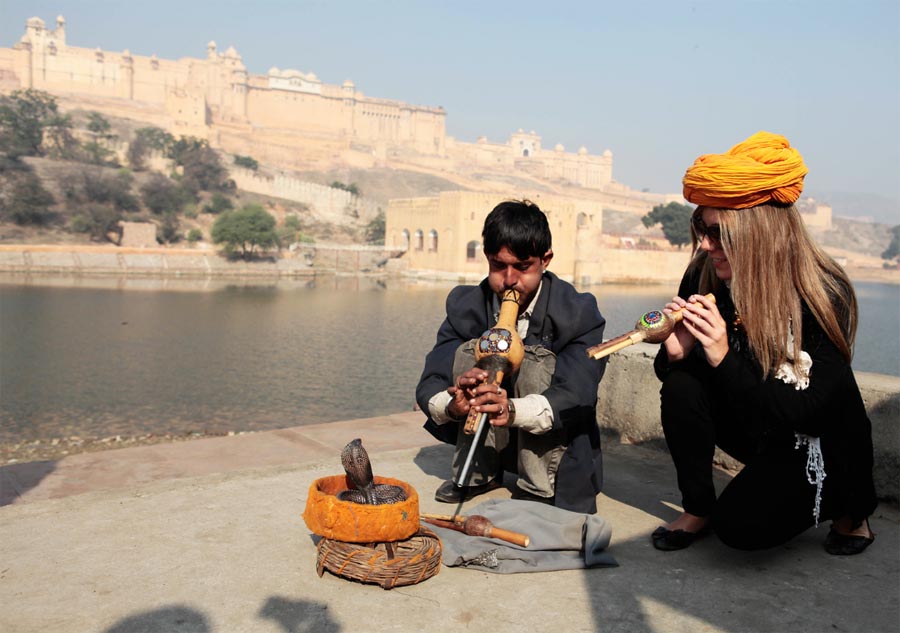
The tourist season in India typically extends from November through the beginning of March, coinciding with the country's most favorable weather conditions. During this period, Central and South India, along with some flat parts of North India, experience moderate to relatively cool temperatures, creating ideal conditions for travel. While certain high-altitude regions in the far north Himalayas may be inaccessible due to extreme weather in December and January, most of India enjoys clear skies and sunny days, complemented by excellent beach weather.
October also presents a favorable opportunity to visit much of the country, with dry and pleasant climate conditions, although afternoons can sometimes be a bit warm. Diwali, India’s biggest Hindu festival, falls either in late October or early November, adding to the cultural vibrancy of this period.
For travelers planning a holiday during this time, it is advisable to make bookings at least three months in advance to secure the best accommodations at reasonable rates and to ensure hassle-free train reservations.
Popular tourist destinations such as Rajasthan, Agra, Goa, and Kerala experience significant crowds during this period, particularly during Christmas and New Year when Goa becomes particularly packed with both domestic and international tourists.
Besides the cooler temperatures, the peak travel season in India offers the opportunity to meet other interesting travelers and experience the vibrant buzz and excitement that accompanies travel during this time.
Explore our tour ideas, many of which are designed to be enjoyed during these months, offering diverse experiences to suit every traveler's preferences.
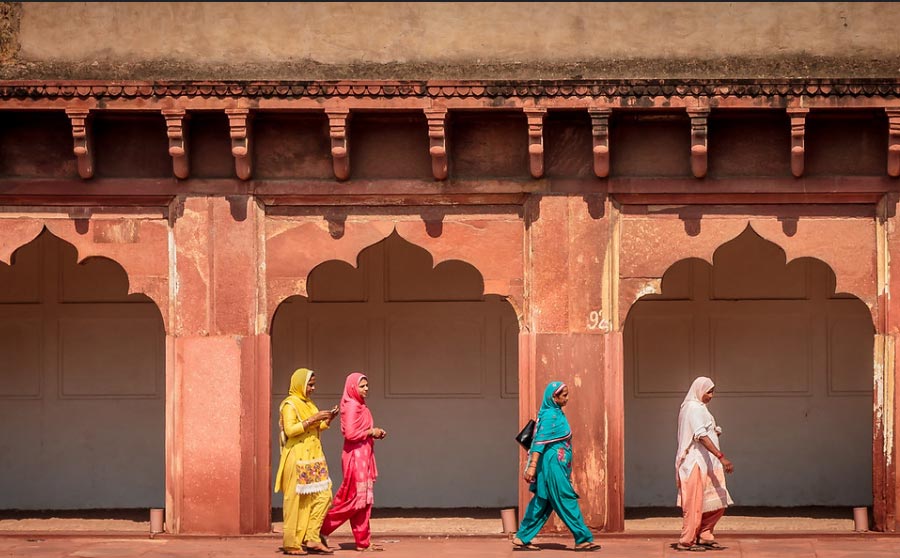
While winter is often considered the optimal time for a trip to India, tourism thrives throughout the year in this diverse country.
Monsoon rains typically begin in mid-June and persist until September. Although travelers from moderate climate zones may find the monsoon season exotic, it is generally regarded as an off-season for tourism. The intensity and duration of the monsoon vary across different regions of India, with southern areas such as Kerala, Goa, and Mumbai experiencing particularly heavy rainfall, often resulting in torrential downpours in July.
Despite being less recommended for travel, the monsoon season brings nature to life in India, with lush greenery blanketing grasslands and forests. The season is celebrated with various festivals across the country, especially by farmers. Additionally, the off-peak nature of monsoon travel means cheaper rates, fewer crowds, and stunning views. Interestingly, many parts of North India receive only light showers during the monsoon, making it an excellent region to explore, especially in August and September.
From March to mid-June, India experiences its summer season, with temperatures soaring up to 45 degrees Celsius in some regions. However, the heat should not deter travelers, as summer months offer unique opportunities to explore North India, particularly amidst the majestic Himalayan ranges.
During this time, travelers can embark on spiritual journeys to destinations like Rishikesh, situated along the banks of the Ganges River, or visit the exiled Dalai Lama in Dharamshala. British hill stations such as Shimla and Darjeeling provide cool retreats from the summer heat, while adventure enthusiasts can indulge in trekking across various regions of North India. By June, Ladakh becomes accessible, offering breathtaking landscapes and cultural experiences.
For inspiration on travel routes through North India, consider Stephanie’s spiritual voyage. With its diverse climates and attractions, India beckons travelers throughout the year, promising unforgettable experiences regardless of the season.
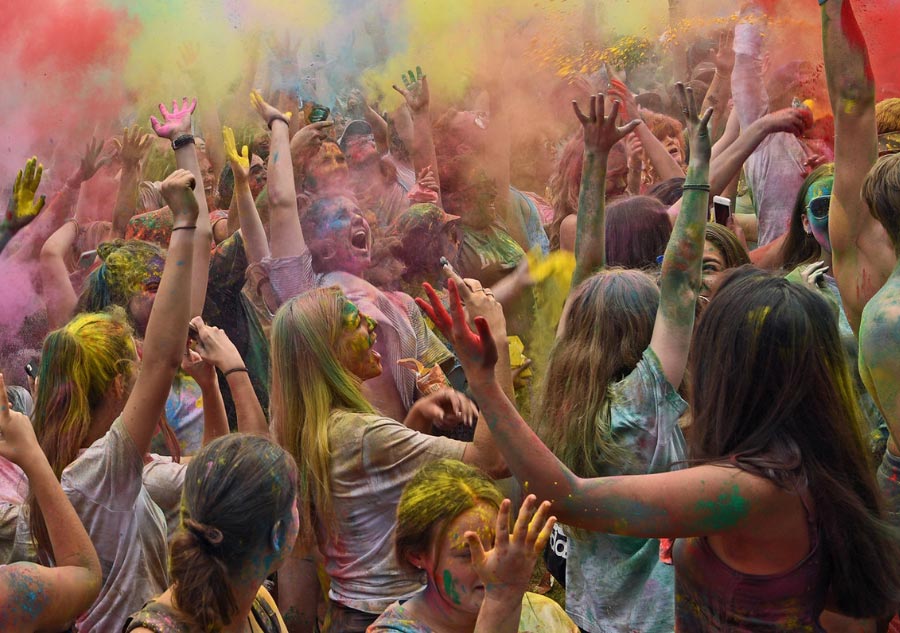
The best time to visit India for its festivals is throughout the year, as the country boasts numerous national and local celebrations. However, certain major festivals are not to be missed, offering travelers an immersive cultural experience.
Diwali, known as the festival of lights, typically falls in late October or early November. During Diwali, homes and streets are adorned with 'diyas' (oil lamps), and people exchange sweets and gifts while bursting firecrackers. The festival symbolizes the triumph of light over darkness and the victory of good over evil, with Goddess Lakshmi being welcomed into homes amidst the dazzling displays of light.
Holi, the festival of colors, is celebrated in March and is particularly vibrant in northern India. During this joyous occasion, locals playfully drench each other in colored powders and water, symbolizing the arrival of spring and the triumph of good over evil. Travelers visiting northern India, especially during the Golden Triangle tour encompassing Delhi, Agra, and Jaipur, should experience the exuberance of Holi at least once.
August, September, and October witness a plethora of festivals across India dedicated to various deities and Mother Earth. These include Ganesh Chaturthi, a festival honoring the elephant-headed God; Onam, a ten-day harvest festival celebrated in Kerala; Navratri, a nine-day festival dedicated to the nine incarnations of Goddess Durga; and Dussehra, a religious festival commemorating the victory of Lord Rama over the demon king Ravana.
In November, the Pushkar Camel Fair in Rajasthan combines traditional camel trading with colorful festivities, offering travelers an opportunity to engage in Rajasthani food, music, and dance amidst the vibrant atmosphere.
Northern India embraces the warmth of Lohri in January, marking the beginning of the harvesting season. This festival is characterized by folk dances like Bhangra and Gidda, along with traditional sweets like 'rewari' and 'gajak.'
While participating in local festivals is a memorable experience, many celebrations are intimate family affairs. Therefore, staying at a homestay in either North or South India during festival times is recommended. It's also advisable to book transportation well in advance, as trains and flights tend to get booked quickly and become costly before and after festivals, as many Indians travel to be with their families during these times.
If your holiday dates don't align with festival seasons, our team can help you plan an ideal trip while ensuring you experience a traditional festive celebration or cultural event. With our expertise, you can explore the vibrant tapestry of festivals and cultural heritage that India has to offer throughout the year.
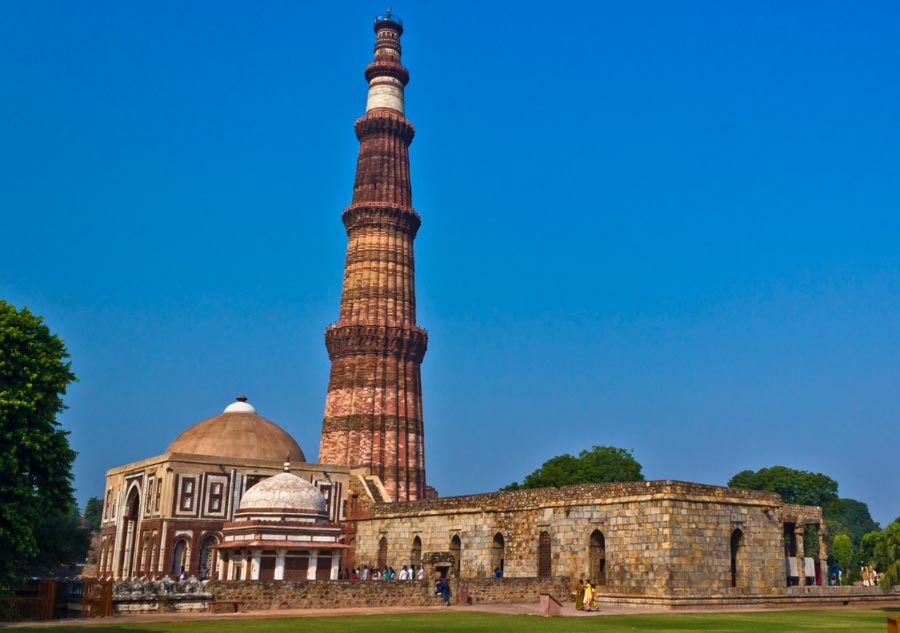
The optimal time to visit Delhi is from October to early March, when the weather is cool and pleasant. During this period, travelers can explore the city comfortably, enjoying its numerous attractions without the discomfort of extreme temperatures. However, it's important to note that Delhi experiences cold temperatures from December to February, so visitors should pack warm clothing to stay comfortable, especially during the evenings.
In recent years, Delhi has faced significant pollution challenges, particularly during the winter months. As a result, we recommend that travelers carry a mask to protect themselves from air pollution, especially during the colder months when pollution levels tend to peak. While efforts are being made to address air quality issues in the city, it's essential for visitors to take precautions to safeguard their health.
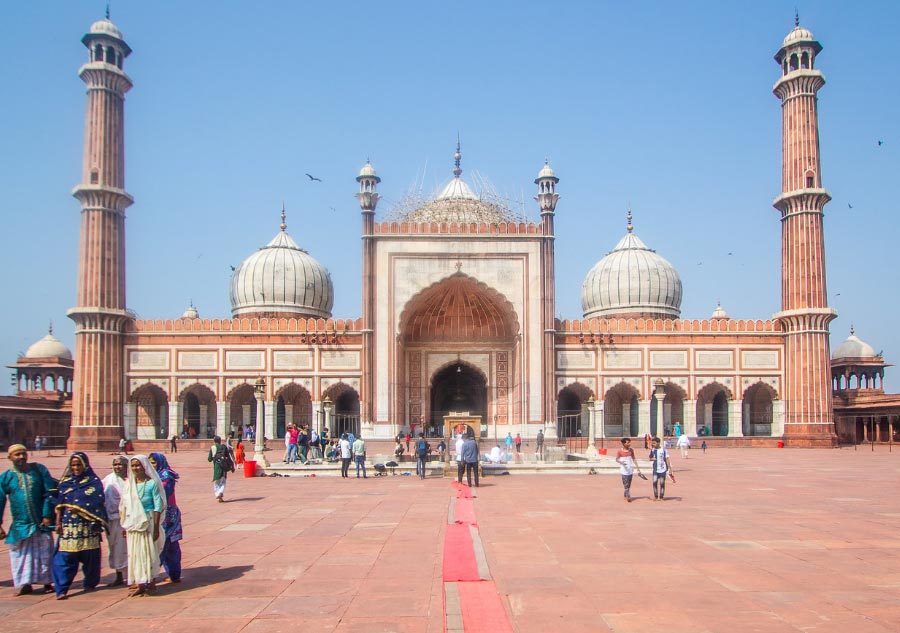
Conversely, the summer months from April to June in Delhi can be extremely hot, with temperatures soaring to uncomfortable levels. During this time, it's advisable for travelers to restrict outdoor activities to the cooler mornings and evenings, seeking refuge indoors during the hottest part of the day. Despite the heat, Delhi's culinary scene offers a delightful array of dishes to sample, providing a delicious respite from the summer sun.
In summary, the best time to visit Delhi is during the cooler months from October to early March, when the weather is pleasant for sightseeing. Travelers should be mindful of cold temperatures in December to February and come prepared with appropriate clothing. Additionally, carrying a mask to protect against air pollution is recommended, particularly during the winter months. Conversely, visitors should plan indoor activities during the scorching summer months from April to June and indulge in Delhi's culinary delights to make the most of their visit to the vibrant capital city.
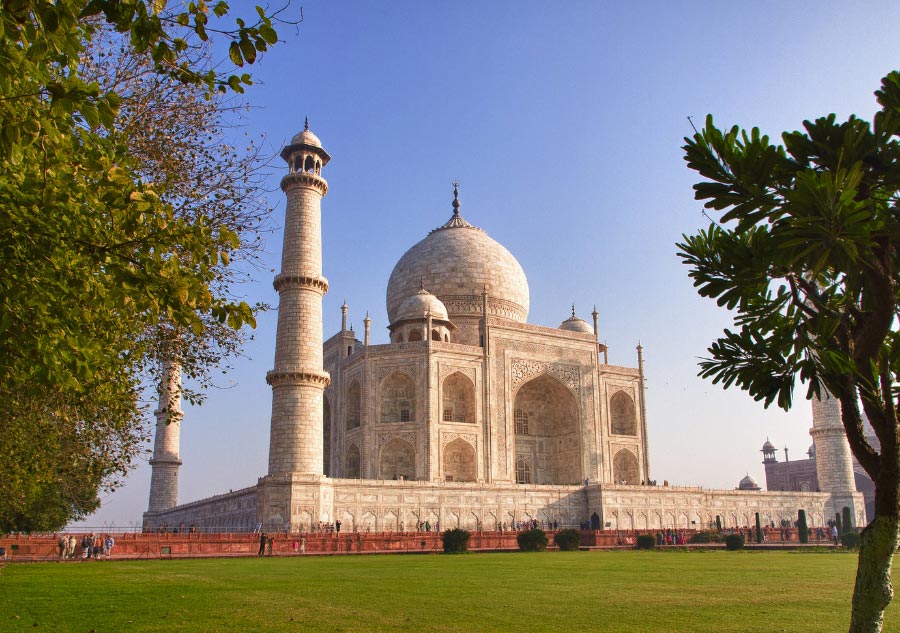
The best time to visit Agra and the iconic Taj Mahal is typically between November and March. During this period, the weather is similar to that of Delhi, with cool winters and hot, humid summers. Travelers can enjoy exploring the historical monuments of Agra, including the magnificent Taj Mahal, in comfortable weather conditions.
However, for those who don't mind rain and high humidity, the monsoon season can offer advantages such as lower prices and fewer tourists. Visiting Agra during the monsoon months can provide a unique perspective of the city's landmarks, albeit with the possibility of inclement weather.
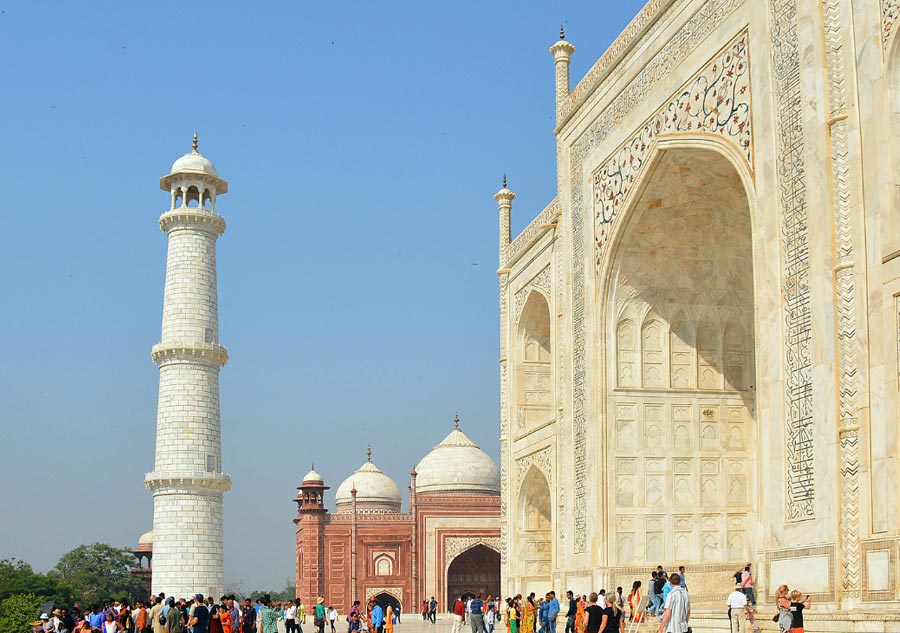
For an optimal experience at the Taj Mahal, it's advisable to visit early in the morning to avoid crowds and witness the sun casting a surreal light on the marble structure. It's important to note that the Taj Mahal is closed to visitors on Fridays, so travelers should plan their visit accordingly.
In summary, the best time to visit Agra, particularly for exploring the Taj Mahal, is between November and March when the weather is favorable and crowds are relatively smaller. However, those willing to brave the monsoon season can take advantage of lower prices and fewer tourists, albeit with the possibility of rain. Regardless of the season, visiting the Taj Mahal early in the morning offers a serene and unforgettable experience, allowing travelers to appreciate its beauty in a tranquil setting.
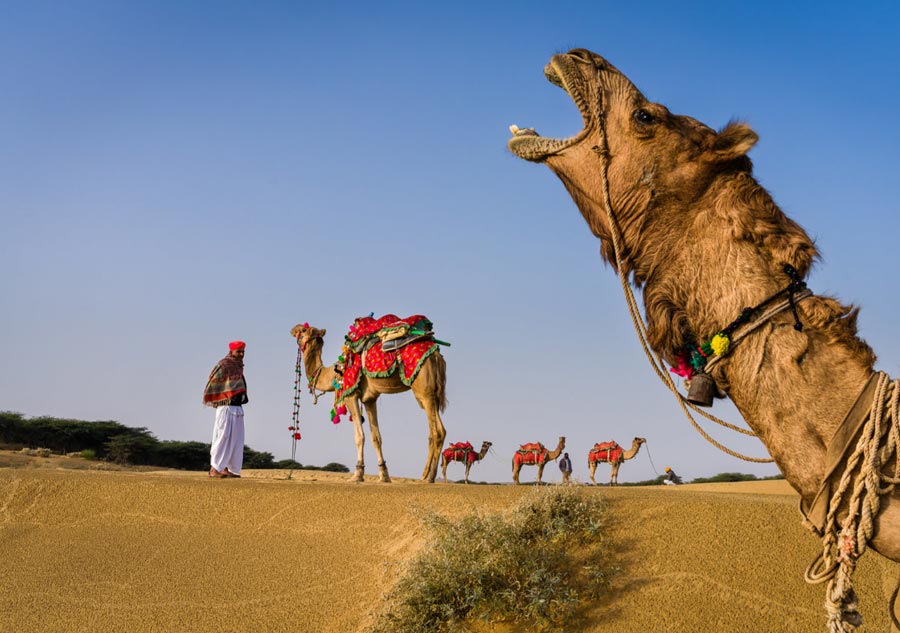
The best time to visit Rajasthan is typically from November to March, when the weather is most favorable for exploring the region's diverse attractions. During this period, travelers can enjoy visiting the forts of Jaipur and Jodhpur, experiencing the vast expanse of the Thar desert, and relaxing by the serene lakes of Udaipur.
Additionally, November to March is prime time for tiger-spotting at Ranthambore National Park, offering wildlife enthusiasts the opportunity to witness these majestic creatures in their natural habitat. Moreover, March marks the celebration of the vibrant Holi festival in Rajasthan, adding an extra layer of cultural richness to the visit.
Conversely, the summer months from April to June are best avoided due to excessive heat and hot winds, which can make outdoor activities uncomfortable and challenging. Travelers should plan indoor activities or seek cooler destinations during this time to avoid discomfort.
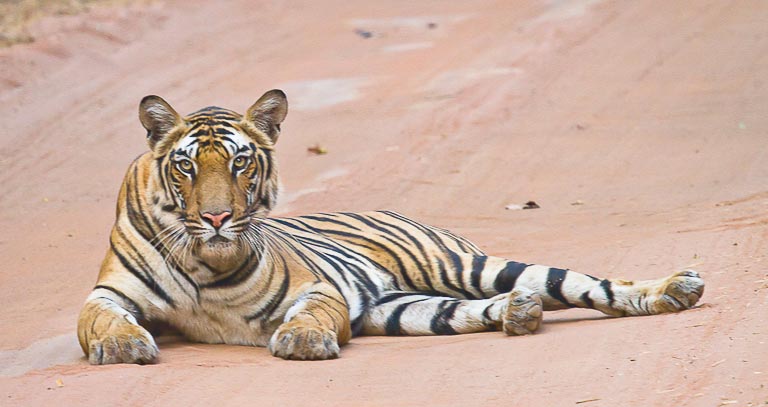
Interestingly, the monsoon season can also be a favorable time to visit Rajasthan, as the rains are typically not heavy, temperatures are cooler, and prices are more affordable. Exploring the region during the monsoon months can offer a unique perspective, with the landscape coming alive with lush greenery and a more relaxed atmosphere.
In summary, the best time to visit Rajasthan is from November to March for optimal weather conditions and a wide range of activities to enjoy. While the summer months should be avoided due to extreme heat, the monsoon season presents an alternative opportunity for budget-conscious travelers to experience the beauty and culture of Rajasthan amidst cooler temperatures and lower prices.
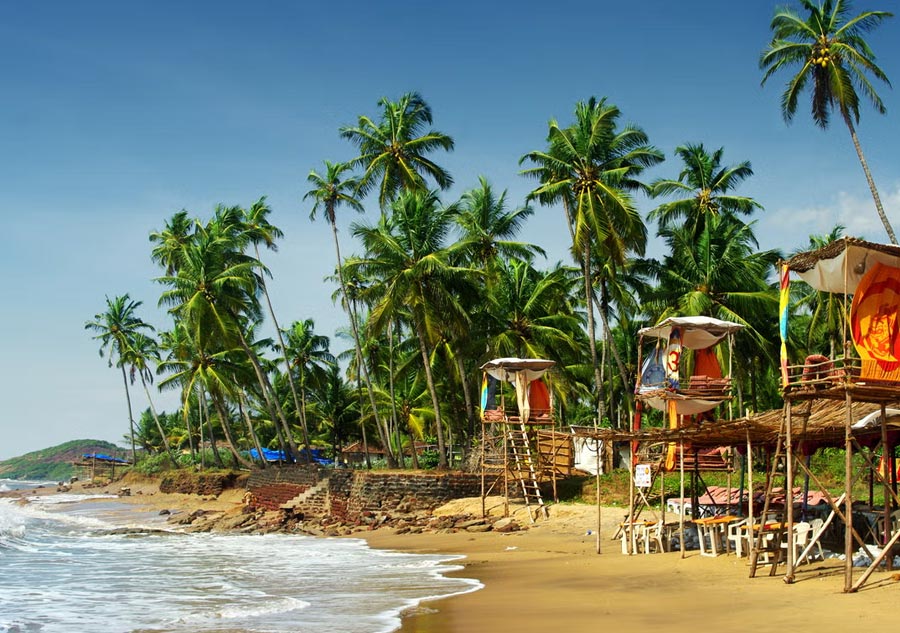
The best time to visit Goa is typically from December to February, when the weather is pleasant and not overly humid. During this period, travelers can enjoy the vibrant atmosphere of Goa's party places and unwind at its beautiful beach resorts, making it an ideal destination for relaxation and entertainment.
However, it's important to avoid visiting Goa during the monsoon season, which occurs between June and September. During this time, Goa experiences heavy rainfall and strong winds, making outdoor activities challenging and potentially disrupting travel plans. Despite this, the monsoon season offers a unique opportunity to witness a different, incredible side of Goa, with lush green landscapes and a more tranquil atmosphere.
In summary, December to February is the best time to visit Goa for optimal weather conditions and a wide range of experiences, including beach relaxation and vibrant nightlife. While the monsoon season should be avoided for travel, it provides a distinct perspective of the region's natural beauty and is worth considering for adventurous travelers seeking a different Goa experience.
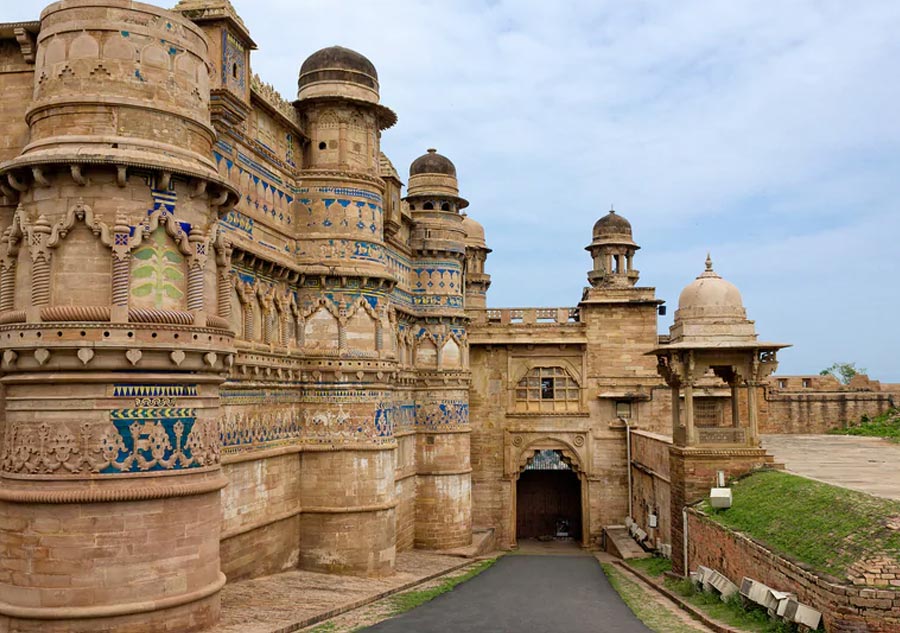
The best time to visit Central India is typically from November to February, offering travelers favorable weather conditions similar to those in North India. Unlike coastal states, Central India receives less rainfall, resulting in cold winters and hot summers with dry weather.
Central India encompasses vast and diverse landscapes, spanning states such as Uttar Pradesh, Madhya Pradesh, and parts of Maharashtra, offering travelers the opportunity to explore offbeat and untouched destinations.
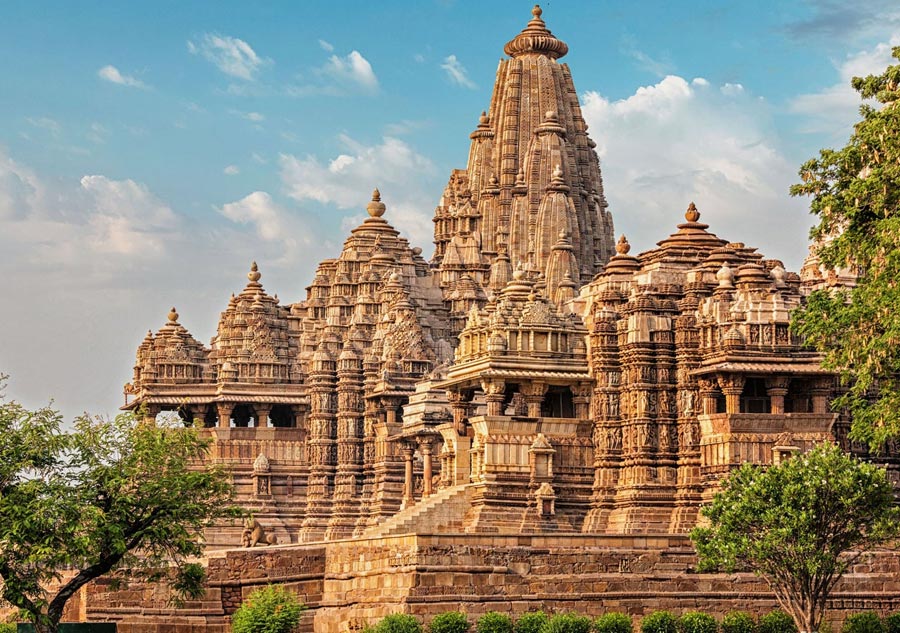
For wildlife enthusiasts, Central India boasts numerous national parks renowned for tiger sightings, including Tadoba, Pench, Kanha, and Bandhavgarh. The summer months from March to June are considered optimal for tiger spotting.
Uttar Pradesh is home to the holy city of Varanasi, offering spiritual experiences along the banks of the Ganges River. Madhya Pradesh features charming cities like Indore and Bhopal, as well as historical gems like Ujjain and Mandu. Further north, travelers can explore the architectural wonders of Khajuraho and Orchha.
In summary, the best time to explore Central India is from November to February, when the weather is pleasant for sightseeing and outdoor activities. Whether it's wildlife safaris, spiritual journeys, or historical exploration, Central India offers a diverse range of experiences for travelers seeking off-the-beaten-path adventures.
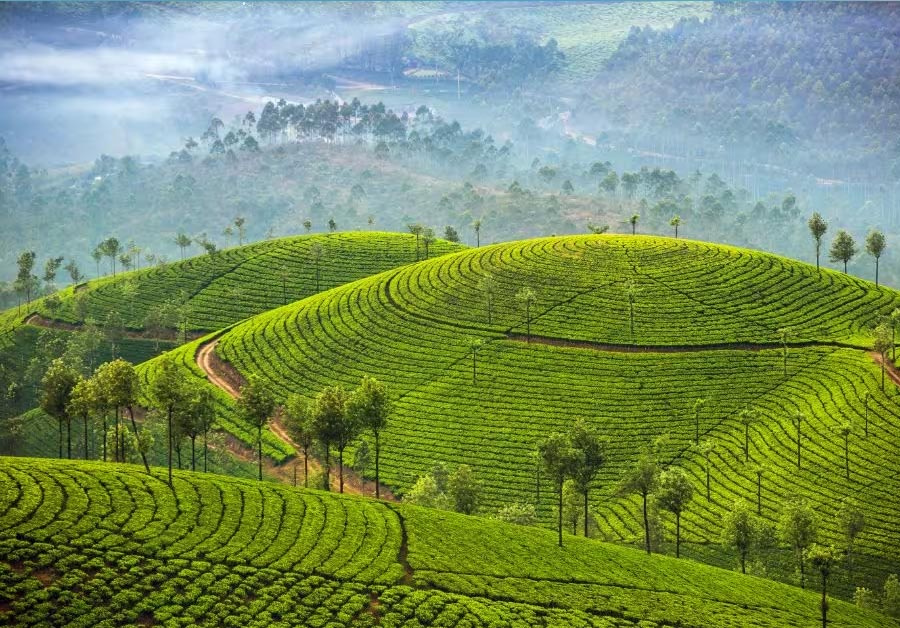
The best time to explore the western coastline of India, which is home to the majestic Western Ghats mountain range, depends on the specific destinations and activities planned. However, generally speaking, the period between October and March is considered ideal for visiting this region.
The Western Ghats stretch for approximately 1600 kilometers and are characterized by beautiful hill stations, diverse flora and fauna, and wildlife parks, forests, and natural reserves, earning them recognition as a UNESCO World Heritage Site. Destinations like Wayanad, Coorg, Munnar, and Coonoor offer respite from the heat of the plains, providing opportunities for nature lovers and outdoor enthusiasts to explore scenic landscapes and indulge in adventure activities.
One notable advantage of visiting the mountainous regions during the summer months, particularly from April onwards, is the noticeable change in temperature and air quality compared to the plains. Additionally, since April marks the off-season for tourism in India, travelers can benefit from substantially lower hotel rates, making it an attractive time for budget-conscious visitors.
In summary, while the western coastline of India and the Western Ghats can be visited throughout the year, the period between October and March offers the most pleasant weather conditions for exploration and outdoor activities. However, budget travelers may find the summer months from April onwards advantageous due to reduced hotel rates and fewer crowds. Ultimately, the best time to visit depends on personal preferences, planned activities, and budget considerations.
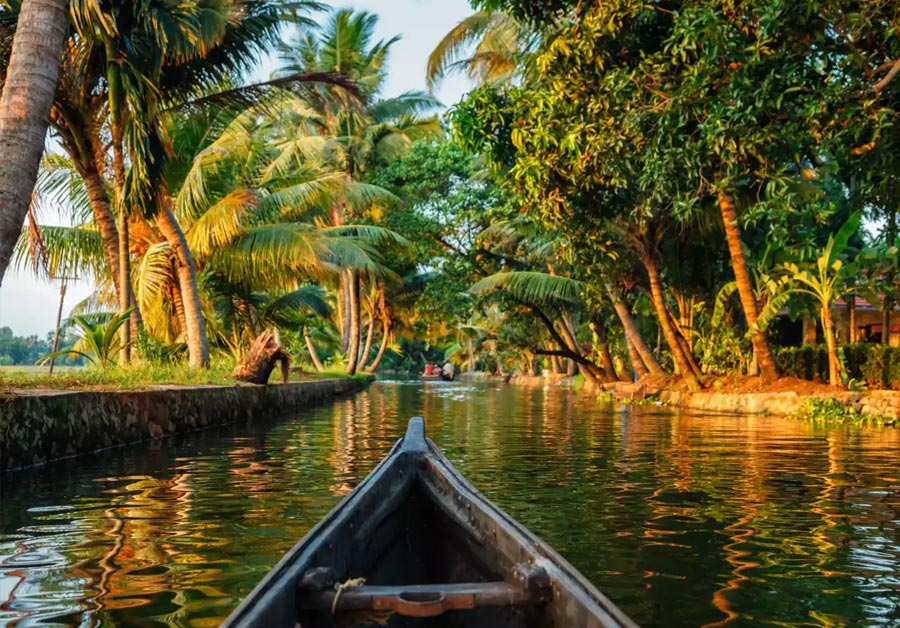
The best time to visit South India is typically from November to March, offering travelers favorable weather conditions characterized by clear blue skies, lush greenery, calm seas, and cool mountain air. During this period, visitors can explore a diverse range of destinations and engage in various activities across the region.
In Andhra Pradesh, the Araku Valley and the beaches of Vishakhapatnam are popular attractions offering serene landscapes and coastal charm. Kerala boasts scenic tea plantations in Munnar and pristine forests in Wayanad, Thekkady, and Thattekad, where travelers can immerse themselves in nature amidst pleasant weather conditions. Additionally, the Pongal festival, celebrated in Tamil Nadu between January and February, provides a cultural insight into the region's rich heritage and traditions.
While the monsoon season showcases South India's waterfalls in all their glory, travelers should be prepared for heavy rainfall during this period. However, the region's natural beauty is truly captivating during the monsoon, offering unique opportunities for exploration and photography.
Summers in South India are characterized by hot and humid weather, although temperatures are generally more tolerable compared to the northern part of the country. The hill stations of the Nilgiri Hills in Tamil Nadu offer a refreshing escape from the heat, with cool temperatures even during the summer months. Moreover, this time presents excellent opportunities for wildlife enthusiasts to spot elephants in Periyar National Park in Kerala and Bandipur National Park in Karnataka.
In summary, from November to March is the best time to visit South India, offering pleasant weather conditions and a plethora of attractions to explore. Whether it's enjoying coastal vistas, trekking through tea plantations, or experiencing cultural festivals, South India promises a memorable and enriching travel experience for visitors throughout the year.
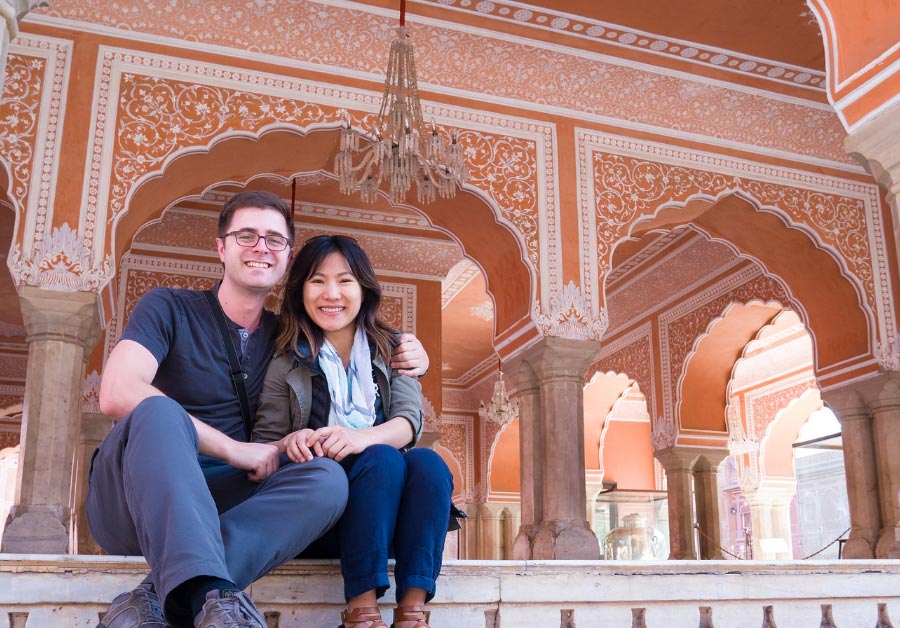
January: January marks one of the driest months in India, particularly in the northern regions where temperatures can be quite cold. However, if you're seeking snow, head to the Himalayas during this time. Other parts of the country experience cooler temperatures, making it an ideal time to visit destinations such as the beaches of Goa or the backwaters of Kerala.
February: February offers some of the most pleasant weather across India. With clear skies and mild temperatures prevailing in most regions, it's an ideal time to explore the country. This month also hosts the Jaisalmer Festival in Rajasthan, adding cultural richness to your travel experience.
March: March is a favorable time to explore the Golden Triangle region of India, comprising Delhi, Agra, and Jaipur, before the onset of hot weather. Additionally, the festival of colors, Holi, is celebrated across the country during this month, providing an immersive cultural experience.
April: April brings soaring temperatures to many parts of India, making daytime travel challenging in some areas. However, it's an excellent time for wildlife viewing, particularly for spotting majestic tigers. Spring flowers also bloom in regions like Himachal Pradesh and Uttarakhand.
May: May is characterized by hot and dry weather across most of India, with temperatures reaching up to 45 degrees Celsius. It's advisable to seek refuge in hill stations or explore the northern regions during this time. Early mornings and evenings are ideal for wildlife sightings in West India.
June: June marks the onset of monsoon season in many parts of India, bringing relief from the heat but also heavy rainfall. Regions like Ladakh become accessible during this time, offering stunning landscapes amidst the monsoon. Off-season rates are available in various destinations, making it a budget-friendly time to travel.
July: July sees widespread rainfall across the country, sometimes disrupting travel plans due to heavy downpours. However, it's an excellent time to visit regions like Rajasthan and Ladakh. Many local monsoon festivals are celebrated during this month, adding to the cultural vibrancy of the country.
August: August brings heavy rainfall to many parts of India, offering surreal views amidst the monsoon. Independence Day celebrations take place on August 15th, along with cultural events like the snake boat races in Kerala and the Ganesh Chaturthi festival in Maharashtra.
September: As the rain recedes in September, it's a good time to visit the Golden Triangle region, including iconic landmarks like the Taj Mahal and Red Fort. Rajasthan also becomes vibrant during this month, offering cultural experiences and pleasant weather.
October: October offers pleasant weather across most of India, making it an ideal time to visit. Diwali, the festival of lights, occurs during this month, adding to the festive atmosphere. It's also Mahatma Gandhi's birthday on October 2nd, observed as a national holiday.
November: November typically brings dry and cool weather across the country, making it one of the best months to visit India. The Pushkar Camel Fair in Rajasthan is a highlight of this month, offering a unique cultural experience. Additionally, Diwali celebrations may extend into November, adding to the festive spirit.
December: December is one of the busiest months for travel and tourism in India, with temperatures dropping towards the end of the month. Popular destinations like Goa experience heavy crowds due to the winter break for domestic and international travelers, along with Christmas and New Year celebrations.
This comprehensive overview provides insights into the weather conditions and cultural events in India throughout the year, helping you plan your visit to this diverse and vibrant country.
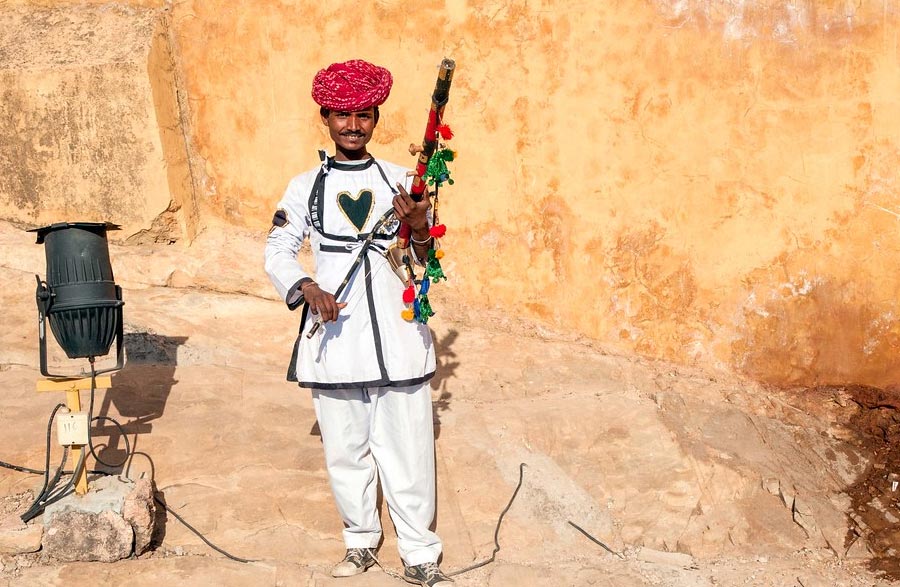
Feel free to explore our blog's Weather Series for detailed information on weather conditions during different months in India. If you're still unsure about your travel plans, don't hesitate to reach out to us for assistance in planning your trip.